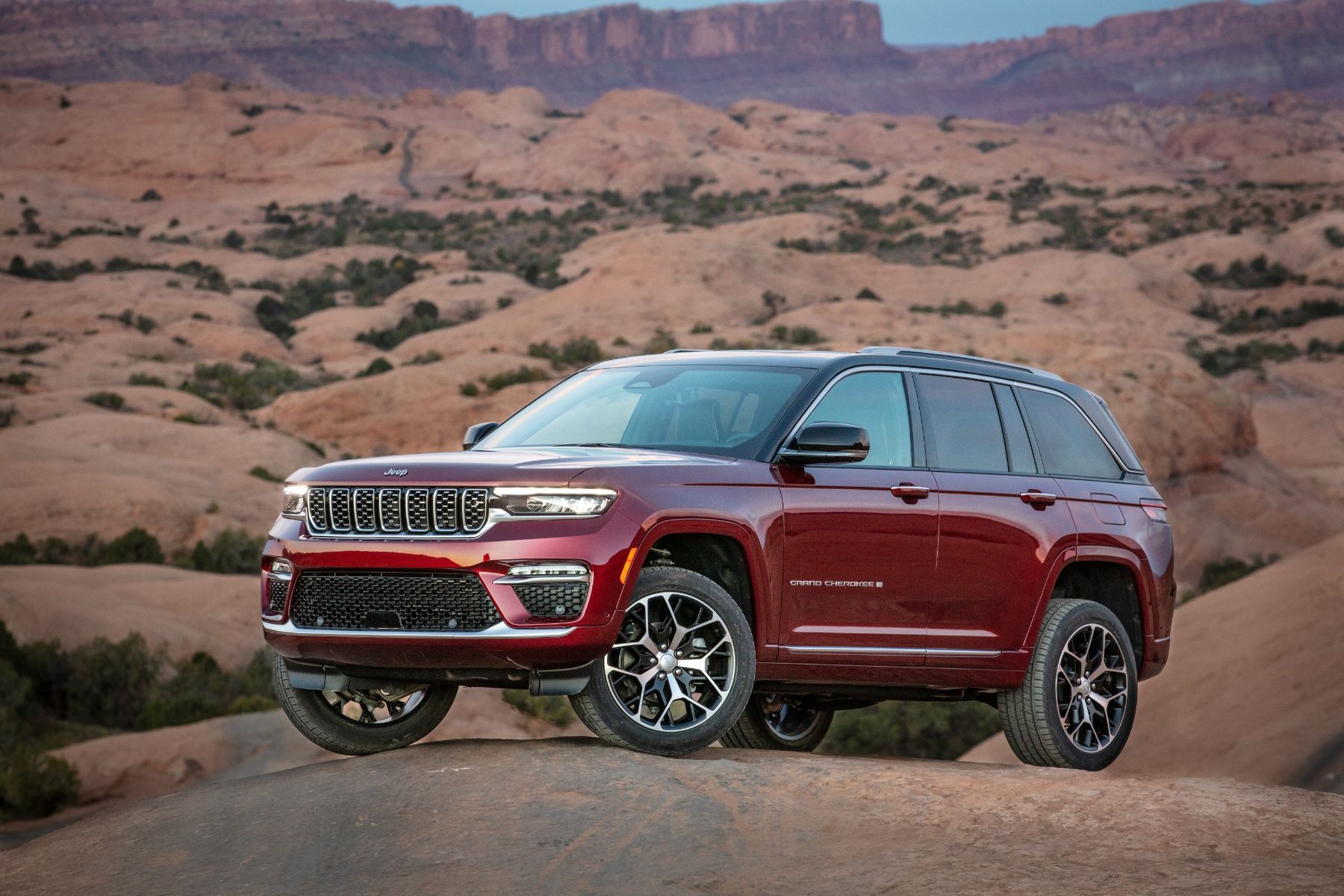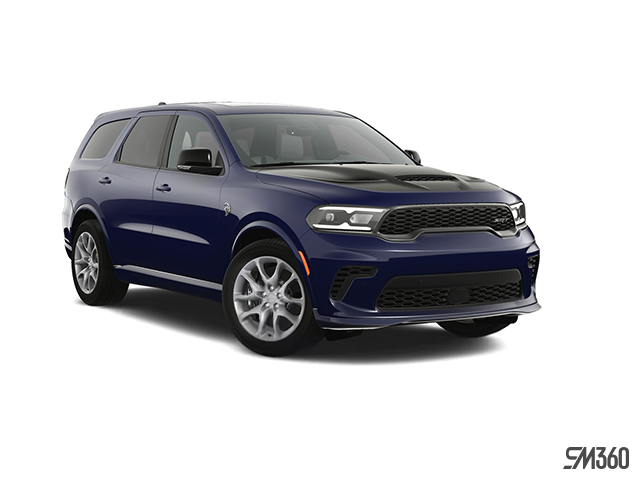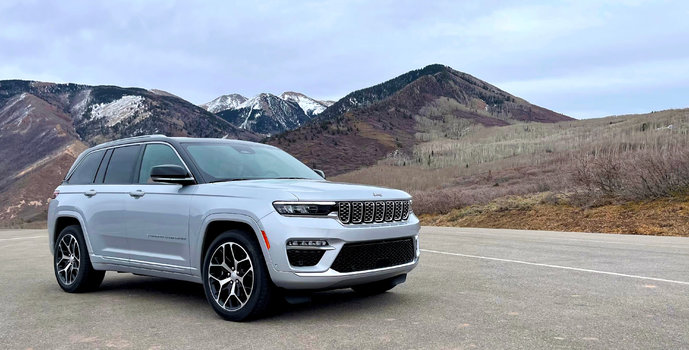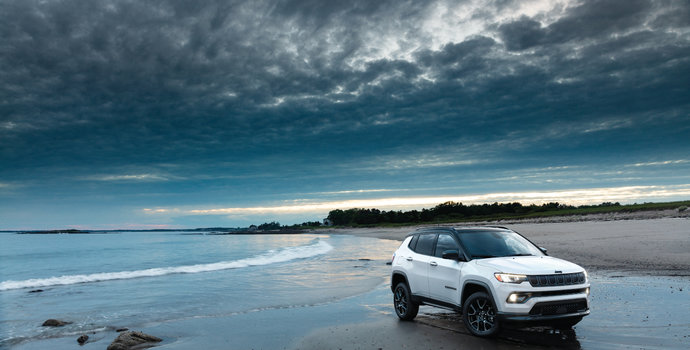For SUV buyers looking in the mid-size segment, two American-made icons stand out in 2025: the Dodge Durango and the Jeep Grand Cherokee. Both of these vehicles deliver a strong mix of performance, practicality, and technology, but each does so with a unique personality. One leans into muscle-car heritage and raw power, while the other prioritizes refinement, luxury, and all-terrain versatility. If you're deciding between them, understanding how they compare in powertrain, features, interior space, and daily drivability is key to making the right choice.
Performance and Powertrain
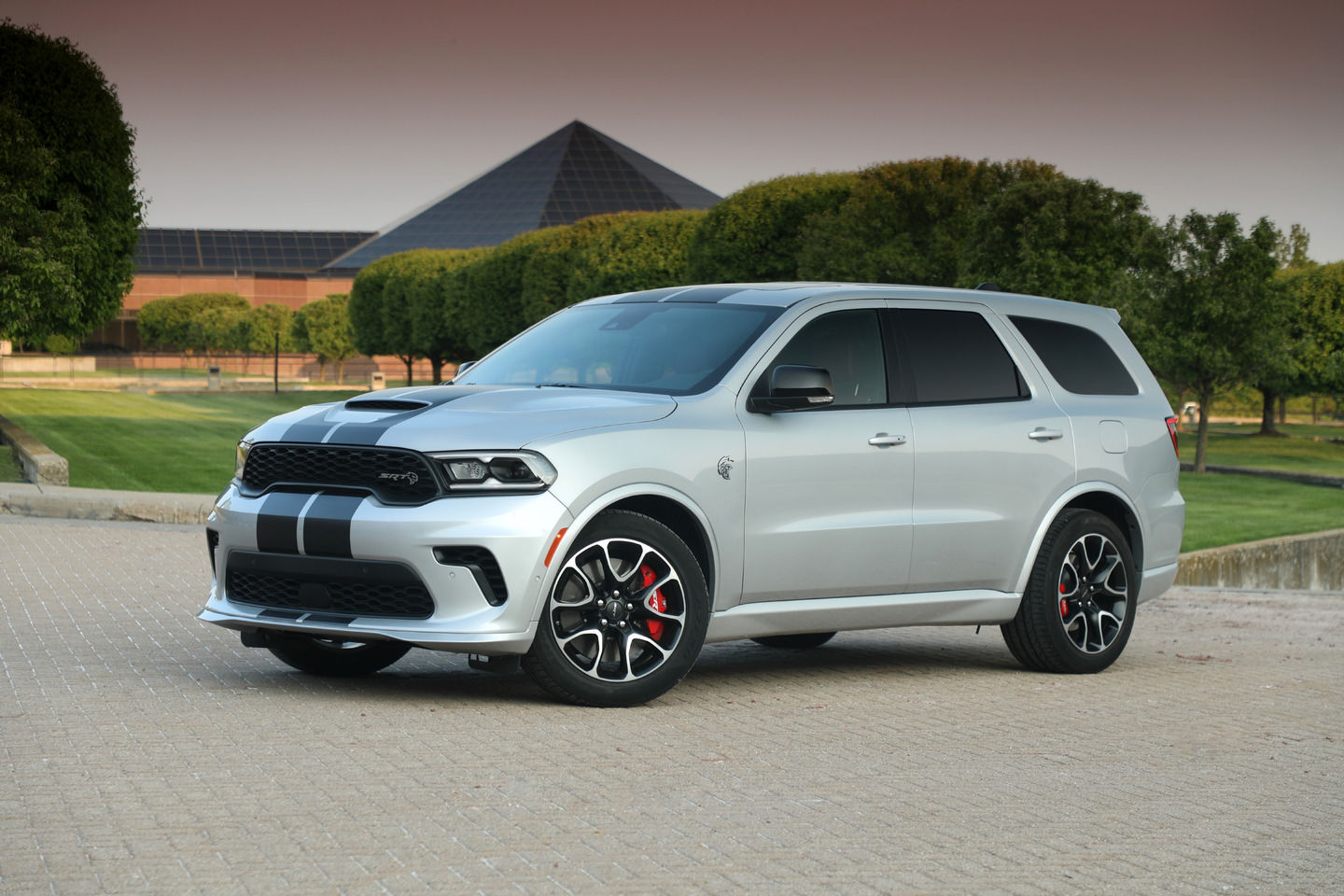
The 2025 Dodge Durango continues to make its mark as one of the most performance-oriented SUVs in its class. Its lineup of engines ranges from the capable 3.6L Pentastar™ V6, which produces 295 horsepower and 260 lb-ft of torque, to a 5.7L HEMI® V8 offering 360 horsepower. However, it’s the available supercharged 6.2L HEMI® V8 in the SRT® Hellcat model that steals the show, delivering a staggering 710 horsepower and 645 lb-ft of torque. This model not only gives you raw muscle-car power in an SUV body, but it also boasts a best-in-class towing capacity of up to 8,700 pounds (3,946 kilograms), making it one of the most capable towing vehicles in the segment.
On the other hand, the 2025 Jeep Grand Cherokee offers a different kind of performance — one rooted in off-road heritage and well-rounded drivability. All Grand Cherokee models come with Jeep’s legendary 4x4 systems and the standard 3.6L Pentastar™ V6 engine that produces up to 293 horsepower and 260 lb-ft of torque. With a towing capacity of up to 6,200 pounds (2,812 kilograms), it matches the Durango’s V6 towing rating but falls short of the Durango’s maximum capabilities. Where the Grand Cherokee excels, however, is in its advanced terrain management and available Quadra-Lift® air suspension, which adjusts ride height and improves both comfort and off-road ability.
While the Durango focuses more on raw strength and driver engagement, the Grand Cherokee emphasizes versatility, especially in challenging road or trail conditions. The Durango’s sport-tuned suspension and performance trims are ideal for those who crave a thrill behind the wheel, while the Grand Cherokee’s off-road-focused trims, like the Trailhawk, deliver the confidence to tackle a variety of terrains.
Interior Comfort and Features
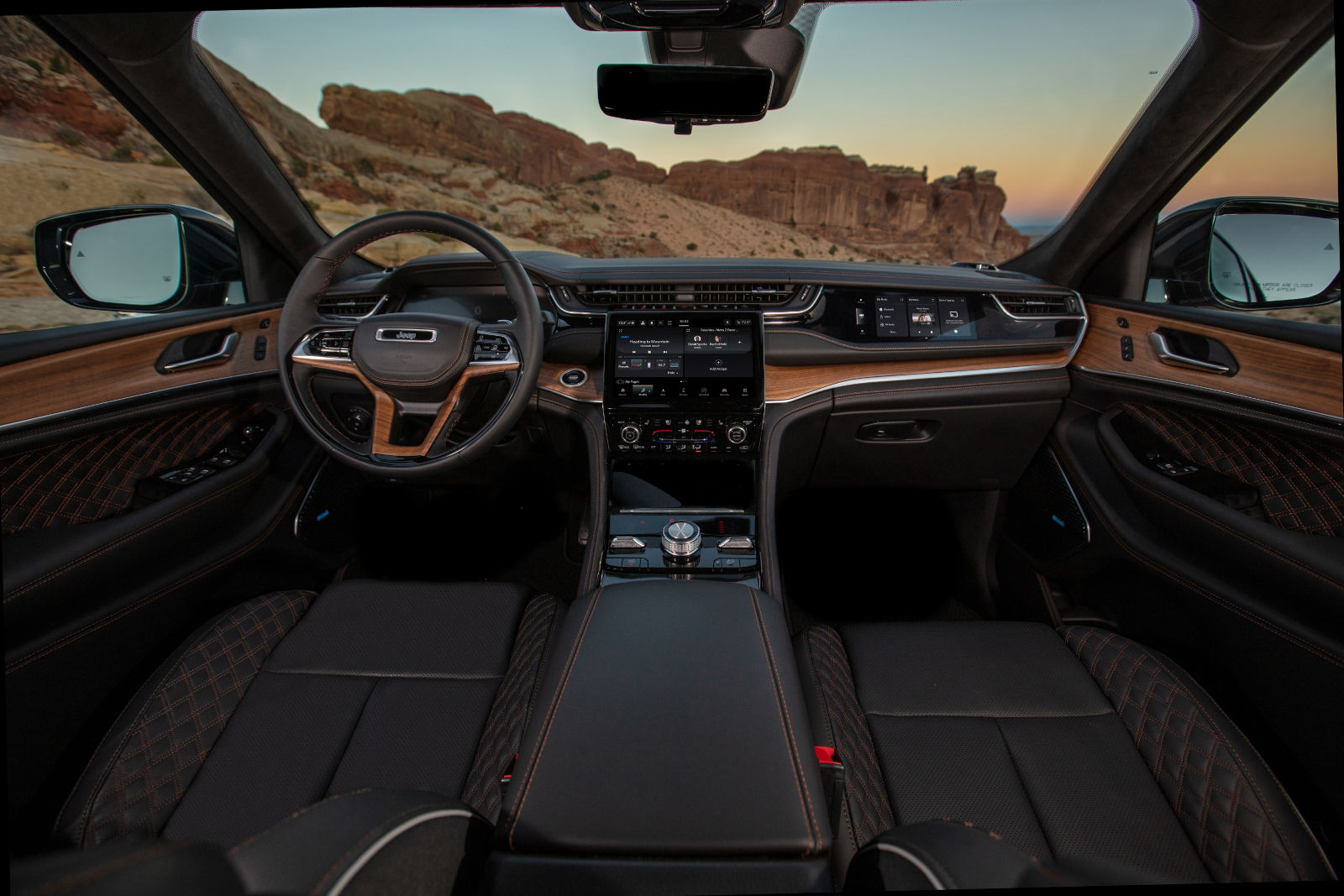
Inside, both SUVs offer advanced technology and premium materials, though their priorities differ. The Durango’s interior reflects its sporty character, with driver-focused features like performance pages (standard on R/T and SRT models) that provide real-time stats on torque, g-force, and more. All models feature the Uconnect® 5 infotainment system with a bright and responsive 10.1-inch touchscreen that includes wireless Apple CarPlay and Android Auto. Optional luxury features like ventilated seats, a power sunroof, and upscale trim materials are available, especially in the higher trims like the GT Premium and R/T 20th Anniversary Edition.
The Jeep Grand Cherokee, meanwhile, elevates interior luxury to another level. It has been designed with premium materials and quiet cabin ambiance in mind, earning it the title of the most luxurious vehicle in its class. Available 16-way adjustable massage seats in the front row, customizable LED mood lighting, and an optional McIntosh® sound system with 19 speakers and a 950-watt amplifier create an upscale atmosphere typically found in luxury brands. Jeep also goes above and beyond in passenger tech, offering an optional front passenger screen that lets your co-pilot interact with navigation and media, as well as dual rear-seat entertainment screens with Amazon Fire TV integration.
While both models support multiple user profiles and seamless smartphone connectivity, the Grand Cherokee leans further into luxury, while the Durango centers its interior experience around performance and practicality.
Technology and Infotainment
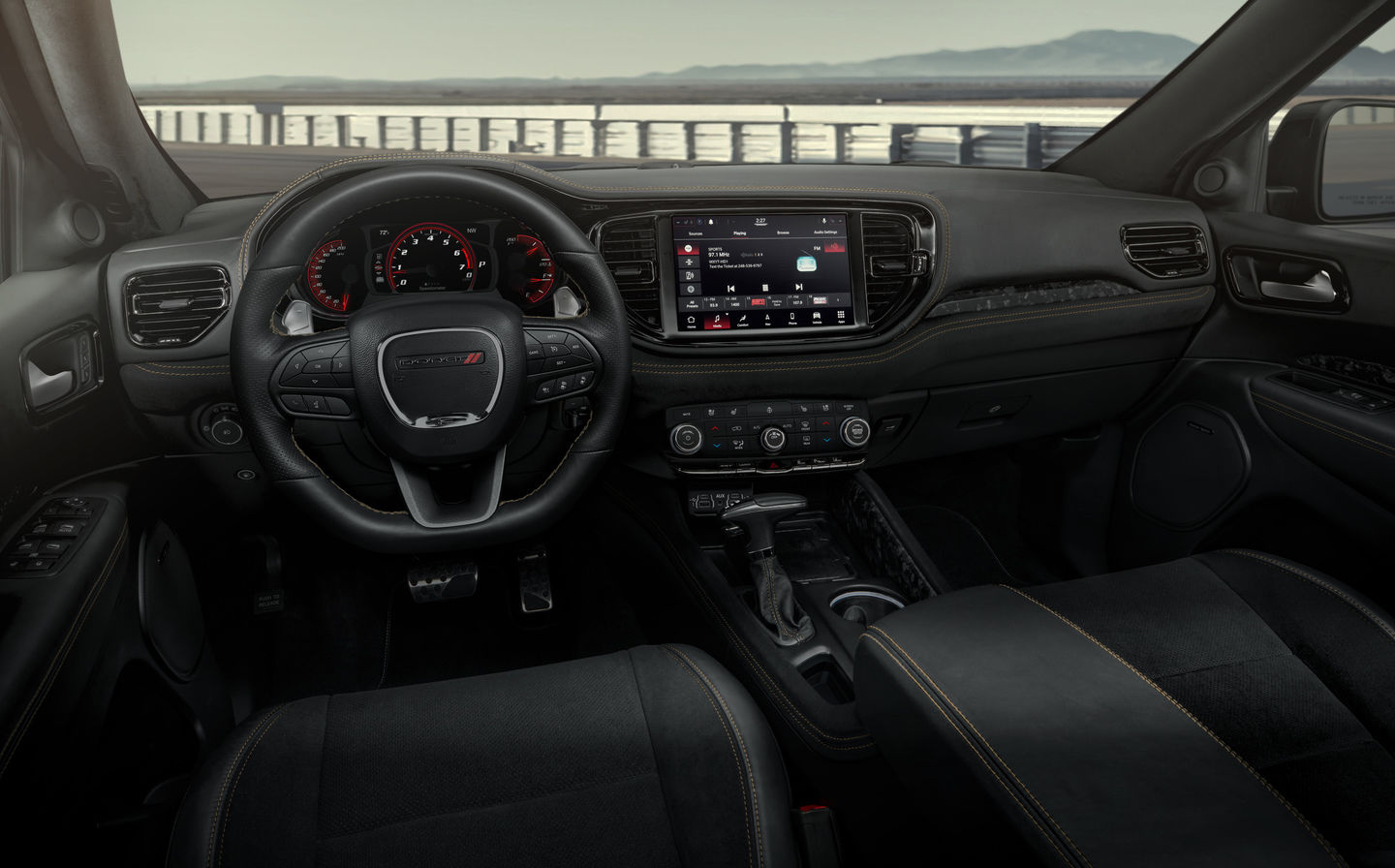
Both SUVs feature the Uconnect® 5 infotainment platform, but the execution varies slightly based on the brand's intent. In the Dodge Durango, the interface emphasizes performance integration, allowing users to view and adjust driving dynamics through Performance Pages and SRT menus. The touchscreen, customizable profiles, and wireless phone integration make it a user-friendly and versatile setup, ideal for both everyday use and spirited driving.
The Grand Cherokee, on the other hand, integrates more tech for both driver and passengers. The front passenger screen is unique in the segment and provides additional navigation and media control without distracting the driver. A digital rearview mirror, rear seat monitoring camera, and an advanced head-up display add safety and convenience features that cater to families and road-trippers. It’s clear that Jeep has focused on innovation and in-cabin luxury, offering more customization for everyone on board, not just the driver.
Interior Space and Seating Versatility

A key area of distinction between these two SUVs is their interior layout and cargo flexibility. The 2025 Dodge Durango offers a traditional three-row configuration with seating for up to seven passengers, making it an excellent choice for families who need the occasional extra seat. The Grand Cherokee, as specified here (excluding the longer Grand Cherokee L), is a two-row SUV with seating for five.
Although the Grand Cherokee has slightly more front legroom and shoulder room, the Durango makes up for it by offering more rear passenger space and the added flexibility of a third row. For cargo, the Durango also holds the advantage, offering up to 2,410 liters of cargo volume with the second and third rows folded — significantly more than the Grand Cherokee’s 2,005 liters.
Here’s a direct look at how the two stack up in terms of interior and cargo dimensions:
|
Dimension
|
2025 Dodge Durango
|
2025 Jeep Grand Cherokee
|
|
Passenger Capacity
|
5 – 7
|
5
|
|
Front Head Room
|
1,013 mm
|
1,013 mm
|
|
Front Leg Room
|
1,026 mm
|
1,049 mm
|
|
Front Shoulder Room
|
1,486 mm
|
1,504 mm
|
|
Rear Head Room
|
1,011 mm
|
1,001 mm
|
|
Rear Leg Room
|
980 mm
|
970 mm
|
|
Rear Shoulder Room
|
1,466 mm
|
1,473 mm
|
|
Third Row Head Room
|
960 mm
|
Not available
|
|
Third Row Leg Room
|
851 mm
|
Not available
|
|
Third Row Shoulder Room
|
1,280 mm
|
Not available
|
|
Cargo Volume to 1st Row
|
2,410 L
|
2,005 L
|
|
Cargo Volume to 2nd Row
|
1,226 L
|
1,068 L
|
|
Cargo Volume to 3rd Row
|
487 L
|
Not available
|
This table highlights the Durango’s practicality advantage if you frequently carry extra passengers or larger loads, while the Grand Cherokee’s two-row design better suits those seeking maximum comfort for five.
Style and Character
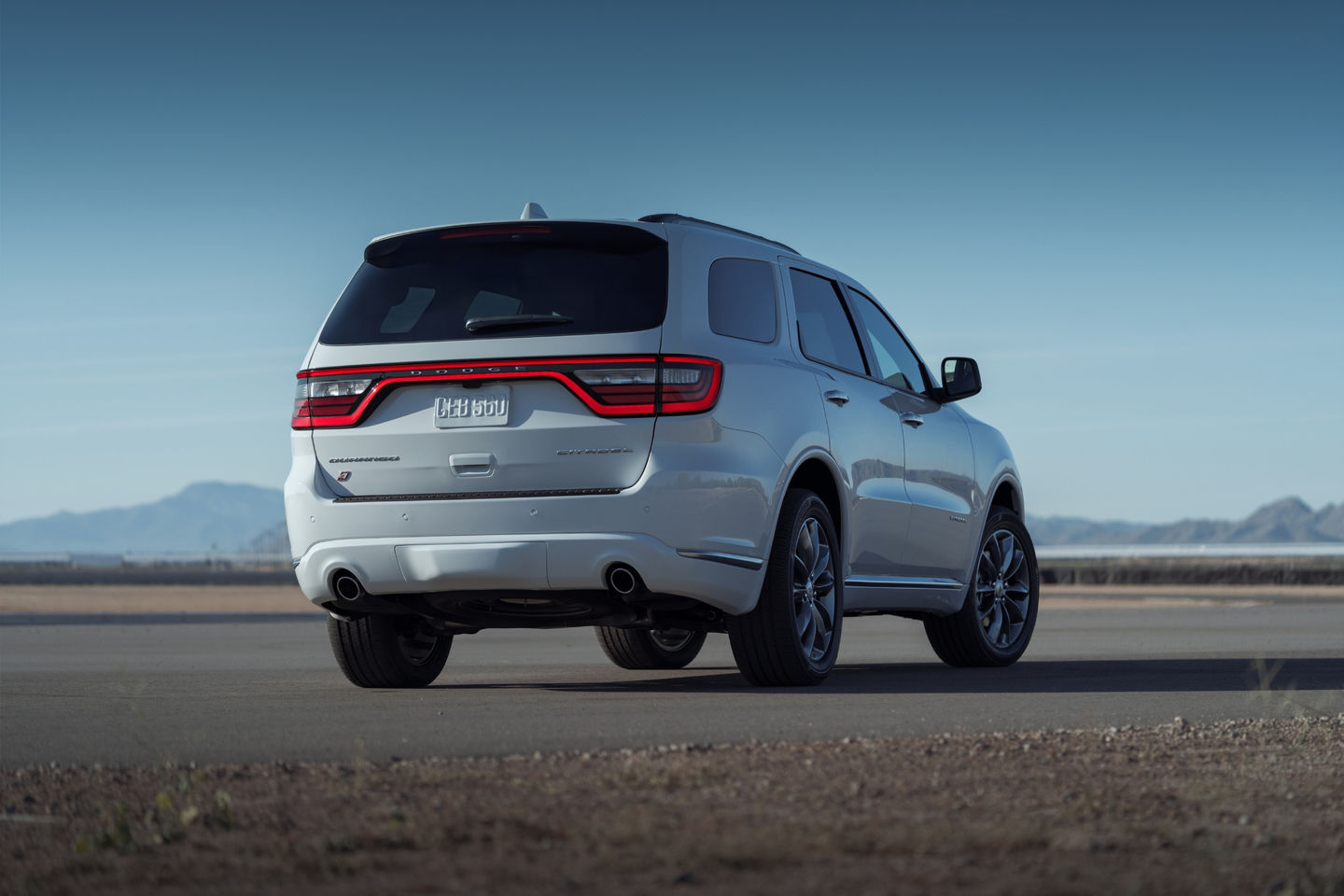
Styling can be subjective, but both models have a clear identity. The Dodge Durango exudes a sporty, aggressive appearance with bold grilles, available racing stripes, and performance-inspired trim options like the GT Blacktop or the SRT Hellcat. It’s a muscle SUV through and through, aimed at those who want a utility vehicle without sacrificing excitement or road presence.
In contrast, the Jeep Grand Cherokee carries a more sophisticated and refined look. It features clean lines, subtle chrome accents, and a more upright, traditional SUV posture. It’s designed to communicate capability and luxury in equal measure — whether it's cruising city streets or heading off the beaten path.
Conclusion: Which One Should You Choose?
Choosing between the 2025 Dodge Durango and the 2025 Jeep Grand Cherokee ultimately comes down to your priorities.
If you need a three-row SUV that can tow like a truck, offers high-performance driving dynamics, and supports an active, gear-heavy lifestyle, the Dodge Durango is the more compelling option. Its muscle car DNA, family seating, and towing leadership give it an edge for buyers who want it all — space, speed, and strength.
However, if your focus is on comfort, technology, and a refined daily driving experience, the Jeep Grand Cherokee might be the better fit. It provides exceptional in-cabin luxury, advanced tech features for all passengers, and enough towing and 4x4 capability to handle weekend getaways and inclement weather with ease. It’s a true do-everything SUV, just with a little more polish.
In the end, both models bring something distinct and valuable to the table — and neither will leave you wanting when it comes to modern SUV expectations. It’s not about which one is better, but rather which one better fits the way you live and drive.
Need a third row and V8 muscle? Test drive the Durango. Want upscale comfort and legendary 4x4 heritage? Try the Grand Cherokee. Either way, you’ll be driving one of the most capable SUVs in the game.
